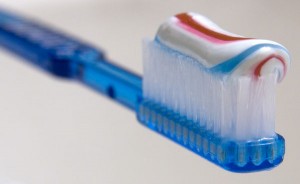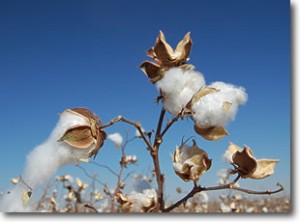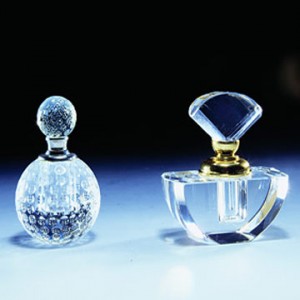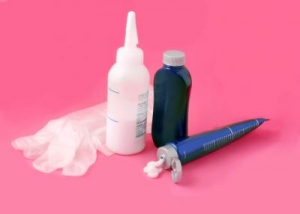Not So Sexy: The Health Risks of Secret Chemicals in Fragrance
A while back, I did a post on my arch-nemesis –the perfume aisle. I couldn’t figure out why just the act of walking through it was giving me migraines, making me sneeze, and leaving me feeling miserable.
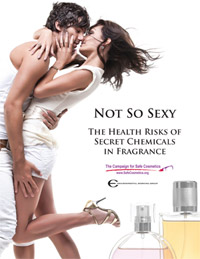 In their new report, “Not So Sexy: The Health Risks of Secret Chemicals in Fragrance,” the Campaign for Safe Cosmetics reveals exactly why fragrances can and do make people sick—they are filled with hidden, hazardous chemicals.
In their new report, “Not So Sexy: The Health Risks of Secret Chemicals in Fragrance,” the Campaign for Safe Cosmetics reveals exactly why fragrances can and do make people sick—they are filled with hidden, hazardous chemicals.
The Campaign for Safe Cosmetics commissioned tests of 17 fragranced products at an independent laboratory. The Environmental Working Group assessed data from the tests and the product labels. The products that were tested -- including celebrity brands J Lo Glow and Britney Spears’ Curious, and colognes Abercrombie & Fitch Fierce and Old Spice – contained multiple allergens and hormone disruptors, and many secret chemicals not listed on labels.
On average, these 17 products contained:
- 14 secret chemicals not listed on labels due to a major loophole in federal law that allows companies to claim fragrances as trade secrets.
- 10 sensitizing chemicals that can trigger allergic reactions including headaches, wheezing, asthma, chest tightening and contact dermatitis such as skin rashes.
- 4 hormone disrupting chemicals linked to a range of health effects including sperm damage, thyroid disruption and early puberty.
People are unknowingly exposed to hazardous chemicals that are hidden in their favorite perfumes, colognes and body sprays—chemicals that are then absorbed into people’s bodies. Even babies, our most vulnerable population, have these chemicals in their blood at birth. This is unacceptable.
Here’s how you can help change this:
- Stand up and tell legislators we need safer products and smarter laws to protect us from toxic chemicals in personal care products: Sign the petition to Congress to voice your support!
- Sign on to the letter to the celebrities whose fragrances were tested –ask them to show their true leadership by taking a stand against toxic chemicals in personal care products, beginning with their own fragrance lines.
- You can also contact other cosmetics companies to ask them to disclose their fragrance ingredients. We've put together talking points to get you started.
- Support companies that fully disclose ingredients in their products.
- Use the Skin Deep advanced search to find products that do not include fragrance. Read ingredient labels, because even products advertised as “fragrance-free” may contain a masking fragrance. Remember, less is better: If you are very attached to your fragrance, consider eliminating other fragranced products from your routine, and using fragrance less often.
Everyone has the right to know what’s in the products they spray on their bodies and lather on their skin. Please show your support by standing up to the chemical industry today.

